HIS Radeon HD 4830 512MB
Manufacturer: HISUK Price (as reviewed): £89.98 (inc. VAT)
US Price (as reviewed): $129.99 (ex. Tax) (plus $10.00 mail-in rebate)
Core Clock: 575MHz
Memory Clock: 1,800MHz (effective)
Memory: 512MB GDDR3
At a first glance, the HIS Radeon HD 4830 looks quite a bit different to the reference design – that's largely down to the heatsink/fan solution that the company has employed. The card itself is clocked at exactly the same speeds as the reference card – 575MHz on the core and 1,800MHz (effective) on the memory.
The heatsink uses an 80mm fan that spins at a fairly low pitch, but it's not inaudible like some of the company's IceQ series products. One interesting thing to note about the fan is that the four-pin header on the reference design has been replaced with a two-pin power connector, which means that the fan doesn't change speed in line with temperature like the reference cooler does and it instead runs at a fixed speed. Unfortunately, we can't tell you exactly what speed that is because our fan speed monitoring tools don't work with the card.
The heatsink itself is solid aluminium—there is no copper insert—and is a radial fin design that requires the expansion slot next to the PCI-Express x16 slot to be free as well. That's nothing new on modern graphics cards and since the Radeon HD 4850's stock cooler was less-than-adequate if you cared about temperatures, but it didn't cause the card to overheat, it started to become a theme on the various custom Radeon HD 4850s we've looked at recently. The copper has instead been used for cooling the Radeon HD 4830's PWM circuitry and given the heatsink design, this makes sense in all honesty.
One concern we have with the cooler on the GPU is that when we removed it to examine the PCB a little more closely, we found that two of the screws were incredibly hard to remove. After a lot of effort, we later found that they were tapped the wrong way, which meant that when it came to re-fitting the cooler, just screwing it back together was causing the thread to be worn away. Eventually, the thread had completely worn and we could not reinstall the heatsink despite our best efforts. This wasn't a case of us being stupid and trying to reattach the heatsink in some bizarre manner - the thread was wearing away on the fourth bolt after just removing the screw capped nut!
The simple message here is to stick with the current heatsink or expect to buy an aftermarket solution when you find you can't reattach it.
Upon looking closer at the PCB, you'll realise that HIS has taken the standard Radeon HD 4830 reference card but there are some quite significant changes that we found rather interesting. On one hand, I'm not quite sure what to think about the changes, because the best way to describe them is a cost cutting measure – it looks like HIS has simply pulled components off the card until it stopped working or was unstable. Every component has a cost and if you use less components, you can reduce the cost – I imagine that is how the HIS has managed to undercut every other board partner with its pricing.
On the front of the PCB, you'll notice that there are quite a few capacitors missing – and when you look closer still, you'll notice that there are numerous ceramic caps missing from both the memory and GPU power circuitry. What's more, there's also a MOSFET missing from the memory phase as well. On the back of the PCB, there are more components mysteriously absent from both the memory and GPU phases as well.
To be specific, there are two diodes, at least one ceramic cap and a voltage regulation chip that have disappeared and appear to be associated with the memory circuitry. There are also at least three ceramic caps missing from the GPU power circuitry – there may be more, but my eyes aren't as good as they used to be after years of staring at a computer screen. What's unclear is the effect other than price the removal of these components is going to have on the card – clearly it works, otherwise it wouldn't have been released, but is it going to impact overclocking, reliability or something else along the way? That, I can't say for sure.
On the back of the card, there are the usual pair of dual-link DVI connectors (both are HDCP compliant) and there's also a TV-out connector as well. However, the card isn't the only thing that has been cost-cut either because the bundle is a similar story – there are no cables for the TV-out connector, meaning you'll either have to already own them or go without. The cost cutting continues with the lack of both a DVI-to-HDMI adapter and a CrossFire connector; at least there is a DVI-to-VGA converter included, though. To round the rather bare bundle off, HIS has included a driver CD, a manual and a HIS sticker.
Warranty
HIS offers a three year limited warranty on all of its products that covers parts and labour. During the first year, this warranty is held with the retailer where you purchased the card and the remaining two years are handled by the manufacturer.One thing that is definitely noteworthy is the fact that the warranty doesn’t start when you purchase the card, instead it starts from the day when the card was manufactured – that’s not ideal if the card is going to sit in a warehouse for six months. Despite that though, a good thing with HIS’s warranty terms is that you’re able to transfer this warranty should you choose to sell the card at a later date – this should sweeten the deal a little bit even if you’re put off by when the warranty term starts.

MSI MPG Velox 100R Chassis Review
October 14 2021 | 15:04


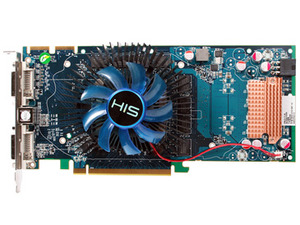
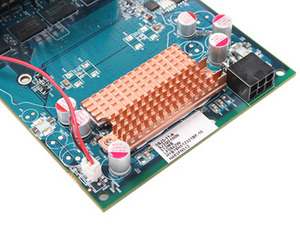
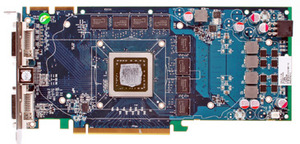
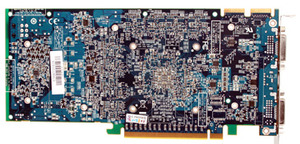
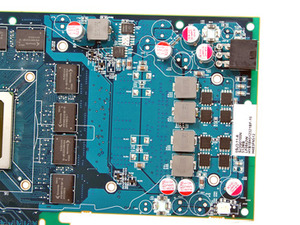

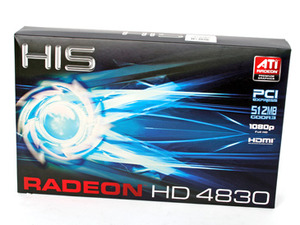
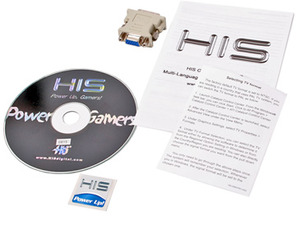







Want to comment? Please log in.